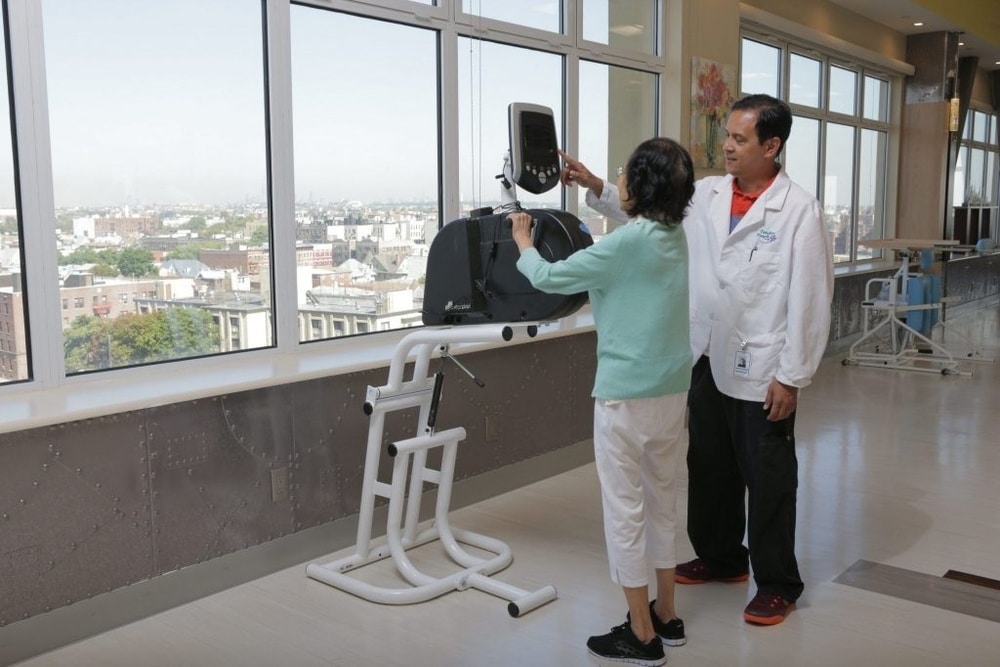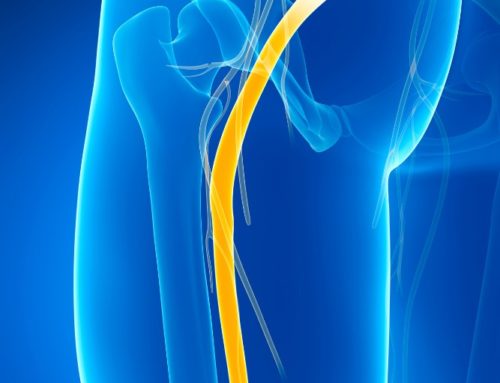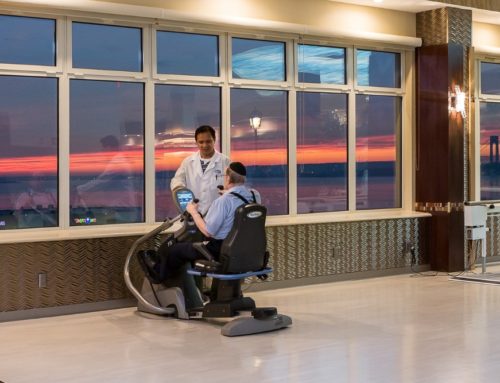There are several reasons to undergo surgery, including redirecting blood vessels, removing obstructions, transplanting new tissue or organs, or amputation. Regardless of the reason, there are always concerns about a lengthy recovery. Not everyone bounces back as quickly as others, though there are ways to speed up this process. One tried and true method is occupational therapy after surgery.
Occupational therapy is designed to support individuals during their recovery and help them regain their independence. Each program is tailored to meet each person’s specific needs, so you always get the help you require. Let’s take a look at what occupational therapy has to offer for those recovering from a hospital stay.

How Does Occupational Therapy Help After Surgery?
After any surgical procedure, there will likely be scar tissue to deal with. Scar tissue appears anywhere the surgeon has cut, including the skin, fatty tissue, muscles, and connective tissue. As your body heals after surgery, scar tissue can form, leading to irritation and inflammation around the surgical area. When this occurs, it can be difficult and even painful to move those muscles, joints, tendons, or ligaments.
Occupational therapy after surgery can prevent the formation of scar tissue, but also help with issues related to range of motion. By encouraging proper movement of the area, scar tissue can’t form and solidify, reducing its development. Though it may be uncomfortable, beginning therapy right after surgery can reduce the scar tissue and pain during recovery.
Getting you up and moving around after a surgical procedure is another part of occupational therapy. The sooner you’re back on your feet, the faster you’ll recover. That’s why occupational therapists encourage patients to stand and walk around within 24 hours of surgery. Again, this may be uncomfortable at first, but more movement in a safe environment will speed up your recovery significantly.
There are several other benefits to occupational therapy after surgery. It includes home assessments to ensure your living space is safe and comfortable, especially for those with new limitations. Relearning tasks so you can perform them independently is also part of your recovery, boosting your confidence and emotional well-being.
How often do you need it?
There is no set schedule for occupational therapy after surgery since the sessions are designed to meet each person’s needs. You may require therapy sessions 2 or 3 times a week, though some individuals need more or less to meet their goals. Sessions usually last about an hour, though your initial session may be longer to fully assess your capabilities. The session frequency or duration may also change over time, depending on the speed of your recovery.
How long should you have it?
How long you require occupational therapy after surgery depends on a few factors. One factor is the type of surgery you have had since more involved surgeries may require longer recovery times. Simple surgical procedures may only require a few sessions before your therapy is complete.
How motivated you are during your sessions also affects therapy time. Those who keep up with their appointments and the exercises assigned to them will recover much quicker. You may be able to complete your therapy sessions in a few months while others may require a year or more.
This content comprises informative and educational resources only and can not be considered as a substitute for professional health or medical guidance. Reliance on any information provided in this article is solely at your own risk. If you have any inquiries or apprehensions about your medical condition or health goals, talk with a licensed physician or healthcare provider.






Leave A Comment